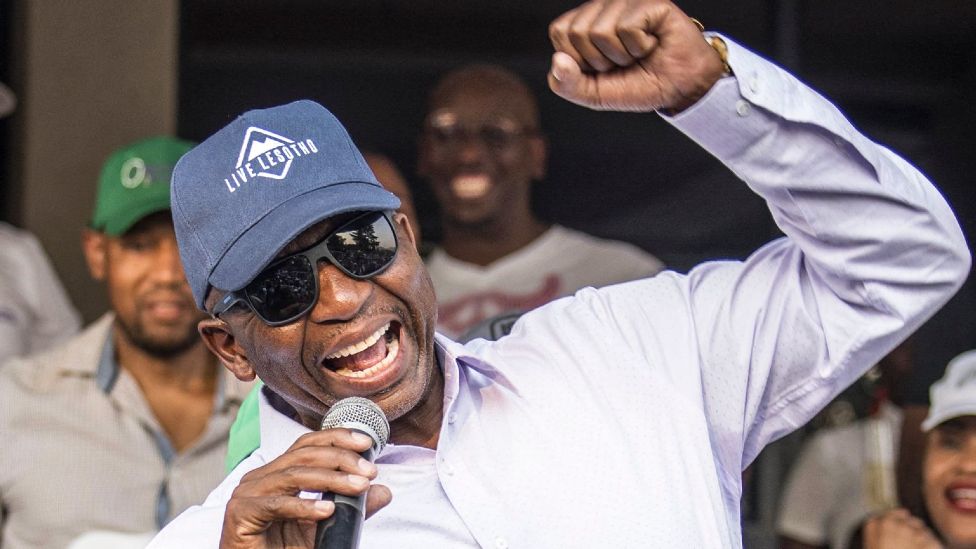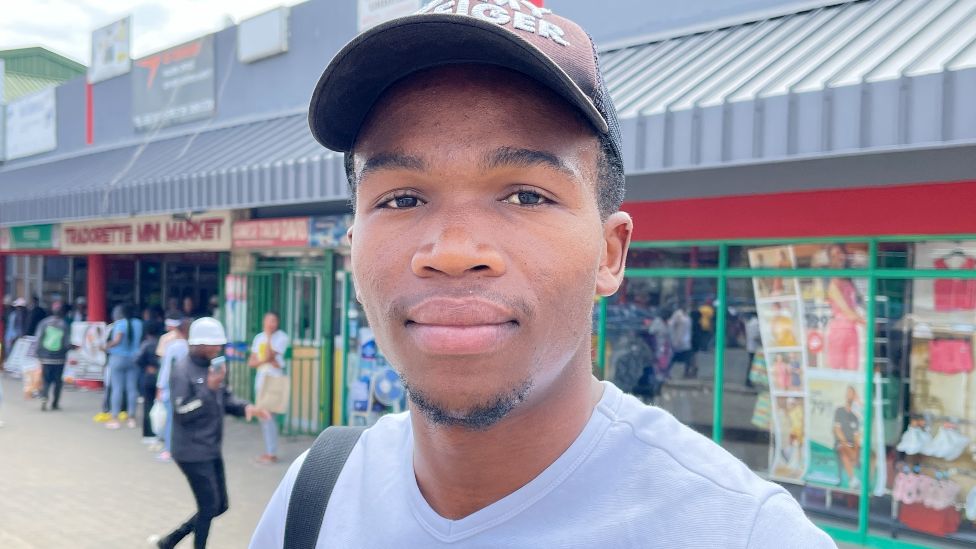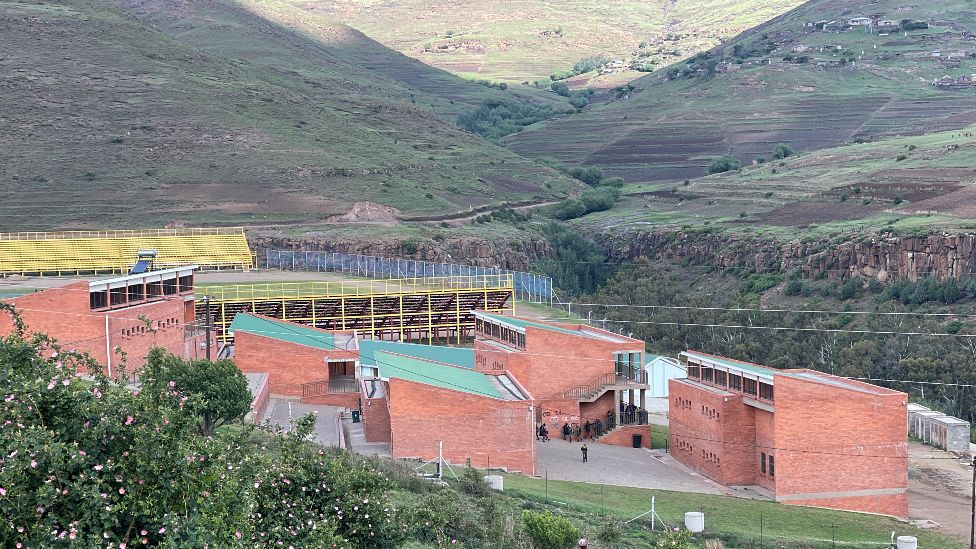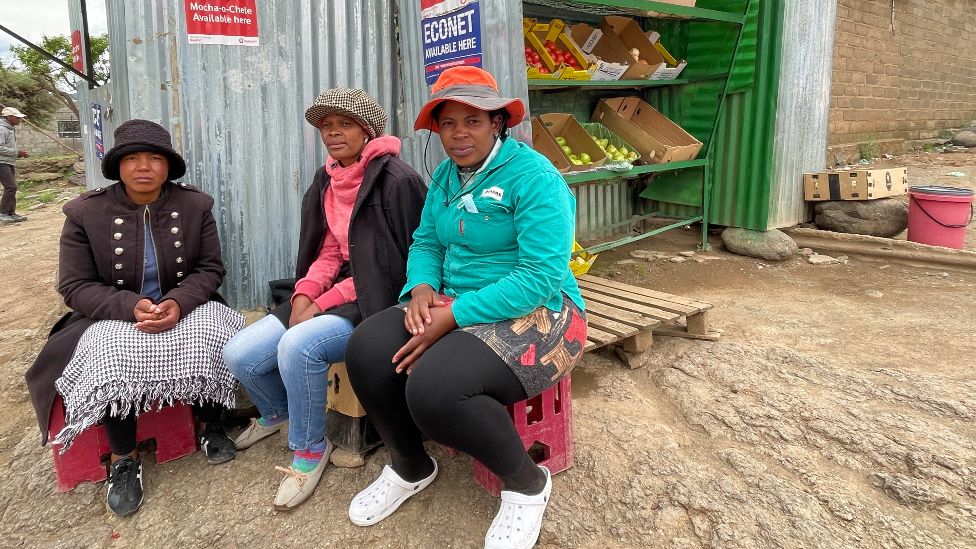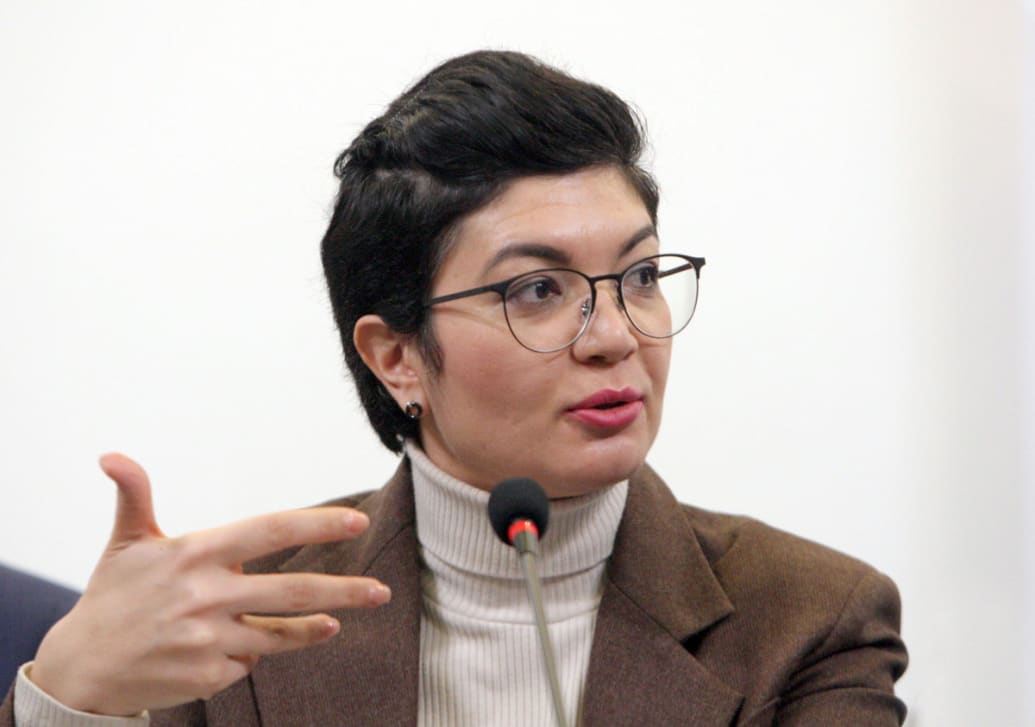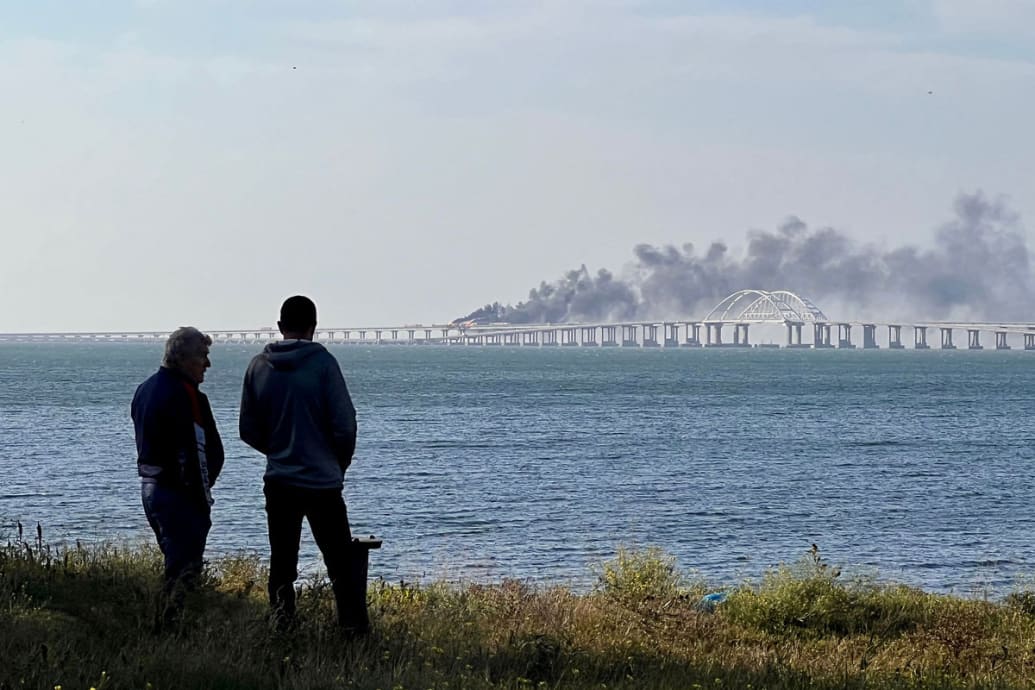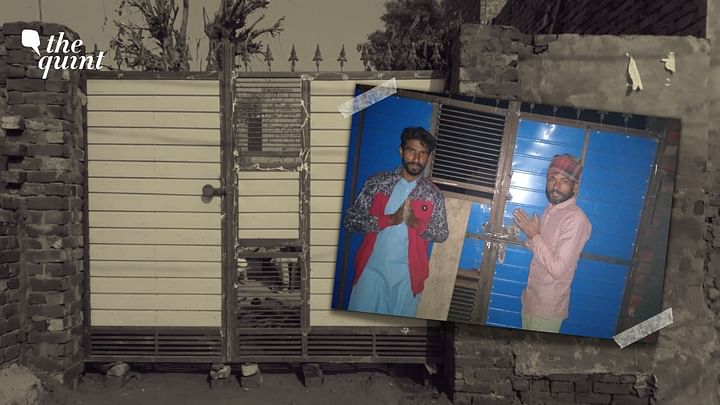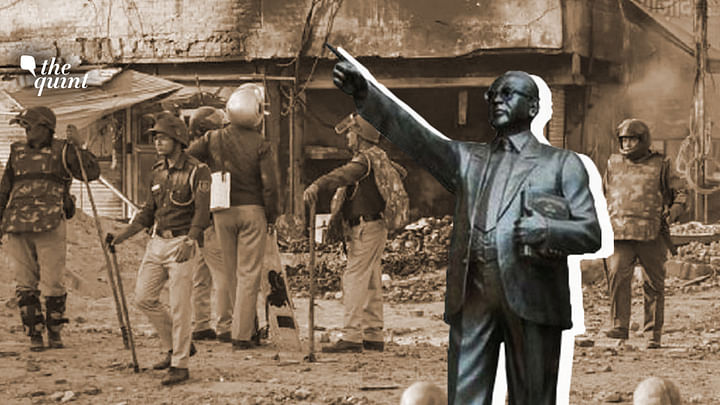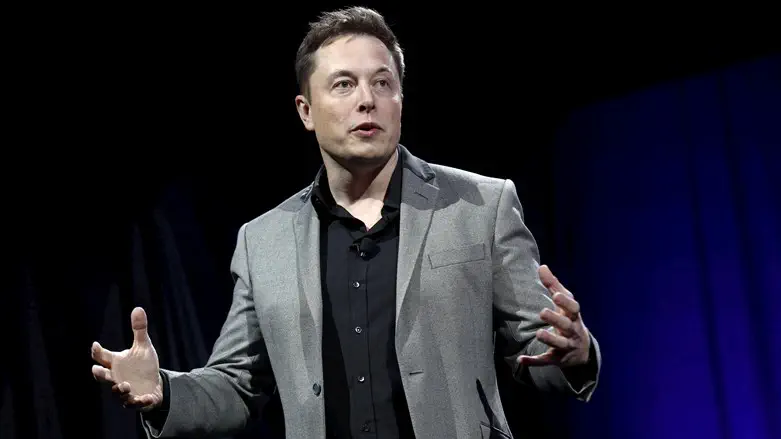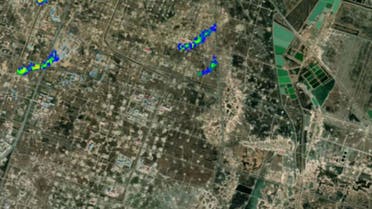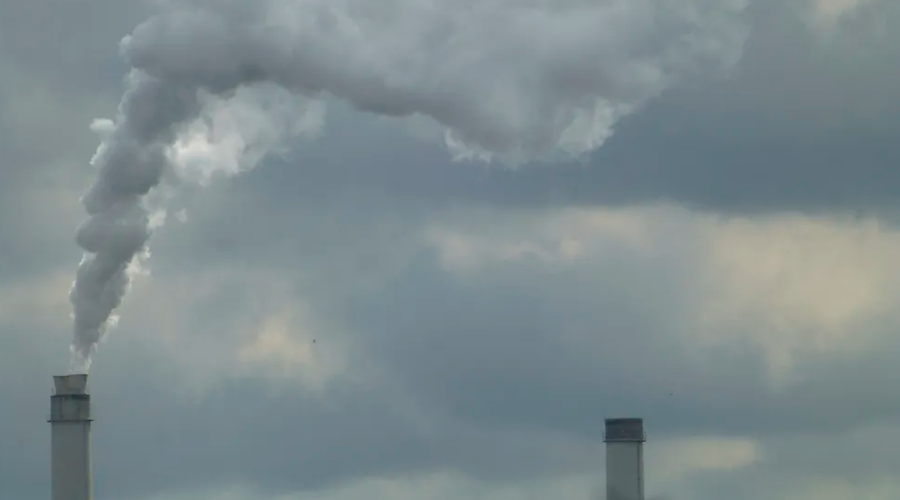AP
5 Nov, 2022
/cloudfront-ap-southeast-2.images.arcpublishing.com/nzme/2NWLGDBDJBEYTGBIOWC53ONLTI.jpeg)
Workers walk past signage promoting this year’s United Nations global summit on climate change. Photo / AP
With turquoise seawaters and rich coral reefs, Egypt’s resort town of Sharm el-Sheikh is a picturesque location for this year’s United Nations global summit on climate change, known as COP27.
But behind postcard-perfect appearances, it’s a tightly controlled fortress on the Red Sea. Climate activists say the restrictions will discourage protests that have been a way for the public to raise their voices at past summits.
Many working in tourism have been sent home; those who stayed need special security cards. Vacationers have been turned back at security checkpoints surrounding the town. Hotel rates have increased ten-fold, pricing out many. Local workers are prevented from speaking freely with visitors.
In a country where protests are virtually banned, the government has set up a specific venue for climate protests — except no one is quite sure where it is. Notifications are required 36 hours in advance.
/cloudfront-ap-southeast-2.images.arcpublishing.com/nzme/K2KBAZ7KOJGXDIDLRAONW47M5E.jpeg)
Egypt’s Foreign Ministry did not respond to requests for comment. In past statements, officials have pledged to allow protest and participation from activists.
As COP27 approaches, Egyptian President Abdel Fattah el-Sissi’s government has touted its efforts to make Sharm el-Sheikh a more eco-friendly city, with new solar panels and electric vehicles.
“From the beginning, there was a big question mark on the choice of Egypt as a host country,” said one Egyptian activist, who was detained for over two years without trial during the government’s crackdown on dissent. He spoke on condition of anonymity, fearing he could be re-arrested. “They know that the choice of Sharm means there would be no protests.”
The scene is likely to be a sharp contrast to COP26 last year in Glasgow, Scotland, where some 100,000 people marched through the streets in one rally and protesters massed frequently in public squares, parks and bridges.
On Friday, a group of activists took part in a small protest calling for climate action on the African continent at a roundabout in front of the conference venue in Sharm el-Sheikh. A line of police stood by.
A group of UN-appointed experts has expressed concern that the environment in Egypt will not be conducive to full and open participation.
For decades, Sharm el-Sheikh has been the government’s favourite spot for conferences and high-level summits precisely because it is so easy to control. The 1996 Mideast peace summit attended by then-President Bill Clinton was held there.
/cloudfront-ap-southeast-2.images.arcpublishing.com/nzme/6NCVFCWOZNHT5EI2K7Y5XBCGV4.jpeg)
Isolated in the desert near the Sinai’s southern tip, Sharm — as it’s often referred to — is a six-hour drive from the capital, Cairo. Vehicles must pass through a closely guarded tunnel under the Suez Canal, then numerous checkpoints along the highway, enabling authorities to turn back those considered undesirable.
A concrete and razor-wire barrier surrounds parts of Sharm. One entrance is set into a several-story-high concrete wall, painted with a gigantic peace sign — a reference to the “City of Peace,” a nickname authorities have tried to make stick to Sharm. Large boulevards in the desert link walled resorts, with few public spaces for people to gather.
Hussein Baoumi, Amnesty International’s researcher for Egypt and Libya, called it a “dystopic city.”
“There is so much surveillance, so much control over who enters and who leaves the city, which is again an attempt to control who gets to speak to the international community,” he said.
Hotel workers say security is particularly tight for COP27 — all must obtain security clearance and since Tuesday, they have been barred from leaving their places of work or housing. Some decided to return to their hometowns until the conference ends.
“We are accustomed to restrictions, but this time it is very harsh and there were no exceptions,” said a waiter at a four-star hotel.
Security has always been high in Sharm because to the north, across the length of the peninsula, Egypt’s military has been battling a decade-old insurgency led by a local branch of the Islamic State group. In 2015, a Russian MetroJet plane crashed soon after takeoff from Sharm el-Sheikh, killing all 224 people onboard, an attack claimed by IS.
Sinai has twice been occupied by neighbouring Israel: first during the Suez Crisis in 1956, which also involved France and Britain, and later in the 1967 Middle East war. It was returned to Egypt in 1982 as part of the US-brokered peace deal between Egypt and Israel.
/cloudfront-ap-southeast-2.images.arcpublishing.com/nzme/Z26MAMGG3ZAYREPBJPH6INNSVA.jpeg)
Since then, government-licensed development has helped Sinai’s southern coast become a top beach and scuba-diving destination.
The COP27 conference is taking place at Sharm’s large convention center. As in past COPs, only official UN-accredited delegates can enter the venue, known as the Blue Zone, which during the gathering is considered UN territory and subject to international law.
Another venue, the Green Zone, is for businesses, youth and civil society to hold events on the sidelines of the summit. It remains unclear where protests are meant to happen. A government COP27 website says that besides the 36-hour notification for protests inside the venue, a 48-hour notice via email is required for protests outside it.
From the few photos of the Green Zone in pro-government press, it appears to be on a section of highway or a parking area with cafeterias set up. Maj. Gen. Khaled Fouda, the provincial governor, called the site “very chic and clean” in comments to local TV last month.
“Protests are allowed, but smashing and insulting are not allowed,” he said.
The government has dispatched 500 taxis to transport COP27 attendants, Fouda said — all with cameras connected to a “security observatory” meant to monitor the drivers’ behavior.
Read More
UN report: Climate pollution reductions ‘highly inadequate’ ...
COP27: Māori conservationists call for more funding ...
None of this bodes well for activism, climate protest leaders say.
Greta Thunberg, a youth leader of the protest movement, has said she would not attend. “The space for civil society this year is extremely limited,” she said at a recent London event. “It will be very difficult for activists to make their voice heard.”
Cost is another factor. The recently released Egyptian activist said that many can’t afford to travel, with the cost of a plane ticket from Cairo out of reach for many amid double-digit domestic inflation.
Cristine Majeni, a youth environment volunteer from Kenya’s capital, Nairobi, scraped together thousands of dollars required for her 10-day trip, after struggling through the accreditation process.
“It’s crucial for us to be given an opportunity to take part,” she said.
Tight security and last-minute hustle as Cop27 opens in Sharm El Sheikh
Red Sea resort is almost unrecognisable in some parts after major sprucing up
:quality(70)/cloudfront-eu-central-1.images.arcpublishing.com/thenational/3XDC2GDSRJM4VOZ6J5BG5G4N6A.jpg)
Delegates look at map of the climate summit venue in the Egyptian resort of Sharm El Sheikh on November 6. AP
Hamza Hendawi
Sharm El Sheikh, Egypt
Nov 06, 2022
Egypt's Red Sea resort of Sharm El Sheikh prepared to receive global leaders for nearly two weeks of talks on curbing climate change with a flurry of last-minute activity before the formal opening of Cop27 on Sunday.
Long known for its pristine sea waters and golden beaches, as well as coral reefs at risk from global warming, many parts of the city are almost unrecognisable after four months of sprucing up at a cost of billions of pounds.
New five-lane motorways now connect hotels where the delegates will stay to the conference venue, the International Convention Centre. The roads have been built without speed breakers to allow the motorcades of presidents, prime ministries and other top-level officials to dart from their hotels to the conference venue and back without hindrance.
With about 200 heads of state and government representatives among the 45,000 participants, security is tight throughout the city, particularly at the venue.
:quality(70)/cloudfront-eu-central-1.images.arcpublishing.com/thenational/GONOIW4B4AKNOZ4GL3ZIWW3ZLA.jpg)
A sign at the venue of the climate summit in the Egyptian resort of Sharm El Sheikh. Getty
The police presence at hotels is heavier than usual, while armed officers in combat fatigues are posted along roads to the venue and plainclothes policemen, conspicuous in suits and ties, keep watch on roads near the conference centre. People entering the venue must go through airport-level security checks.
Egyptians coming into Sharm El Sheikh by road have been subjected to intense searches and identity checks in recent weeks, with police in some cases demanding documents to explain their reason for visiting. Passengers arriving at the city's airport on domestic flights are requested to scan their passports if they are participating in the conference.
:quality(70)/cloudfront-eu-central-1.images.arcpublishing.com/thenational/NDNVX7VZDOCF6M7DOW2OIPHA34.jpg)
The main entrance of the International Convention Centre in Egypt's Red Sea resort of Sharm El Sheikh where the UN climate summit is being held. AFP
The roads to the venue are adorned with billboards bearing climate-related phrases such as “Return nature to its nature” and “From ambition to work”, but no billboards featuring President Abdel Fattah El Sisi, which can be seen on most main roads in the capital Cairo and other major cities in the country of 104 million.
As is usually the case with conferences of this size, last-minute work continued at the venue until just hours before the official opening on Sunday.
Technicians were connecting communication cables, porters were ferrying new chairs and desks still wrapped in nylon into conference rooms, and the rattling of trolleys laden with office equipment being pushed by workers in blue overalls filled the air in the venue’s hallways.
The opening day of Cop27 in Sharm El Sheikh — in pictures
:quality(70)/cloudfront-eu-central-1.images.arcpublishing.com/thenational/OLTYQVQHWQCTG7XX2MZBKI2L4I.jpg)
:quality(70)/cloudfront-eu-central-1.images.arcpublishing.com/thenational/RQWF4WC4QVDHVAXY43WV54YRZE.jpeg)
:quality(70)/cloudfront-eu-central-1.images.arcpublishing.com/thenational/XZYD67FQONHMDAHF7KR3GFFWPE.jpeg)
:quality(70)/cloudfront-eu-central-1.images.arcpublishing.com/thenational/OHPENUYXOVFSJL2CIXLQXVGW74.jpeg)
:quality(70)/cloudfront-eu-central-1.images.arcpublishing.com/thenational/UKTJXSYQ4WZLL64PSHIWZJYNTQ.jpg)
:quality(70)/cloudfront-eu-central-1.images.arcpublishing.com/thenational/PD6AQ35YKW4K5DVHET3X5PUQRA.jpg)
:quality(70)/cloudfront-eu-central-1.images.arcpublishing.com/thenational/KQJAQCK3RN6RZ7TH2TB74D5QCI.jpg)
:quality(70)/cloudfront-eu-central-1.images.arcpublishing.com/thenational/U25PS4H2ROZLTVEIUU2U7R7W6A.jpg)
:quality(70)/cloudfront-eu-central-1.images.arcpublishing.com/thenational/3XDC2GDSRJM4VOZ6J5BG5G4N6A.jpg)
:quality(70)/cloudfront-eu-central-1.images.arcpublishing.com/thenational/QOPYBGBC72IFXR6N4BC7GBJGDU.jpg)
:quality(70)/cloudfront-eu-central-1.images.arcpublishing.com/thenational/OCR7FUIOXVG5JMA5YZPQIYNPYQ.jpg)
:quality(70)/cloudfront-eu-central-1.images.arcpublishing.com/thenational/UWADGFIUNBJQICVHCZAYPXJHJA.jpg)
:quality(70)/cloudfront-eu-central-1.images.arcpublishing.com/thenational/VWNTSNXAZ22HTNLXOPZERODE5I.jpg)
:quality(70)/cloudfront-eu-central-1.images.arcpublishing.com/thenational/CAD4K5ISMKCUABGLUKZ3QSZ3R4.jpg)
:quality(70)/cloudfront-eu-central-1.images.arcpublishing.com/thenational/PSCQKB7QL5BGUU6KXEYPLXQIVM.jpg)
:quality(70)/cloudfront-eu-central-1.images.arcpublishing.com/thenational/KZHBAG4V2VTZVJWRTKKNIALXX4.jpg)
:quality(70)/cloudfront-eu-central-1.images.arcpublishing.com/thenational/2KQLJEGKA47EHBDP6PFRC4I6II.jpg)
:quality(70)/cloudfront-eu-central-1.images.arcpublishing.com/thenational/FPJWE57FIK67NYQDWYYT7WW3HU.jpg)
:quality(70)/cloudfront-eu-central-1.images.arcpublishing.com/thenational/QBRHN7X4PURG4FVVT27H42WUVE.jpg)
:quality(70)/cloudfront-eu-central-1.images.arcpublishing.com/thenational/XYRVNLYFFCAAVMKHHI6V724RGI.jpg)
Alok Sharma, president of the Cop26 climate summit, speaks at Cop27 in Sharm El Sheikh, Egypt. AP
